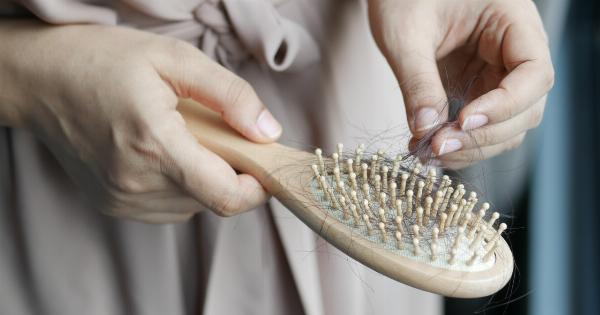Waxing is a popular hair removal method that can leave your skin smooth and hair-free for weeks.
While the thought of waxing may make some people cringe due to the associated pain, there are various tricks and techniques you can follow to minimize discomfort during the process. In this article, we will explore different ways to achieve a no-pain waxing experience. So, let’s dive in!.
1. Prepare Your Skin
Before waxing, it is crucial to properly prepare your skin. Ensure that the targeted area is clean and dry. Exfoliating the skin prior to waxing can help remove dead skin cells and prevent ingrown hairs.
Be sure to avoid applying any creams, lotions, or oils on the area to be waxed as they can interfere with the wax adhering to the hair effectively.
2. Choose the Right Wax
The type of wax you choose can significantly impact your waxing experience. There are different forms of wax available, such as hard wax, soft wax, and strip wax.
Hard wax, also known as peel-off wax, is generally recommended for sensitive areas like the face, underarms, and bikini line. Soft wax, on the other hand, is suitable for larger areas like the legs and back. Selecting the appropriate wax can help minimize pain and enhance the overall effectiveness of the process.
3. Optimal Hair Length
Ensuring that your hair is the optimal length before waxing is crucial. Hair should be at least a quarter of an inch long for the wax to effectively grip it.
If the hair is too short, the wax may not be able to catch it properly, leading to unsatisfactory results. On the contrary, excessively long hair can cause more pain during the removal process. Trimming the hair to the ideal length can make your waxing experience more comfortable.
4. Manage Your Pain Threshold
Everyone has a different pain threshold, and while waxing does involve some level of discomfort, there are ways to manage it. Taking a mild painkiller, such as ibuprofen, 30 minutes before the waxing appointment can help reduce pain.
Additionally, avoiding caffeine and alcohol beforehand can make the process less painful. It’s important to communicate your pain tolerance with the esthetician, who can adjust their technique accordingly to ensure a more comfortable experience.
5. Relax and Breathe
Relaxation techniques can go a long way in reducing pain and making your waxing session more pleasant. Take deep breaths and consciously relax your muscles during the process.
Many salons offer soothing music or relaxation techniques to help distract you from any discomfort. By focusing on your breathing and creating a calm mindset, you can minimize the perceived pain of waxing.
6. Apply Pressure
Another effective technique to reduce pain during waxing is to apply pressure to the waxed area immediately after removing the wax strip. Use your hand or fingers to press down firmly on the waxed area for a few seconds.
This pressure helps to alleviate any lingering pain by desensitizing the area and reducing inflammation. Be sure not to rub the area vigorously, as this can cause irritation.
7. Post-Wax Care
Proper aftercare is essential for minimizing any discomfort or irritation after waxing. Avoid exposing the freshly waxed areas to direct sunlight for at least 48 hours, as this can cause further irritation and sunburn.
Apply a soothing lotion or aloe vera gel to calm the skin and reduce redness. Refrain from using exfoliating products or harsh chemicals on the waxed area for a couple of days. Maintaining good skincare practices can help prevent any potential pain or complications after waxing.
8. Regular Waxing
Regular waxing can significantly reduce pain over time. By consistently removing hair at the roots, the hair follicles weaken, leading to finer and sparser regrowth.
With each subsequent waxing session, you may notice a decrease in pain as your hair becomes more manageable. It’s important to establish a waxing routine to achieve better results and make the process more comfortable.
9. Seek Professional Help
If you’re new to waxing or find the process particularly painful, seeking professional help from an experienced esthetician can make a significant difference.
Estheticians are skilled in proper waxing techniques, ensuring that hair is removed efficiently while minimizing discomfort. They can also recommend suitable products for aftercare and provide additional advice to enhance your waxing experience.
10. Experiment with Alternatives
If you’ve tried different techniques and still find waxing painful, there are alternative hair removal methods you can consider.
Techniques such as sugaring or using hair removal creams may be more suitable for individuals with extremely sensitive skin. While these methods may not provide the same long-lasting results as waxing, they can offer a painless alternative to achieve hair removal.






























